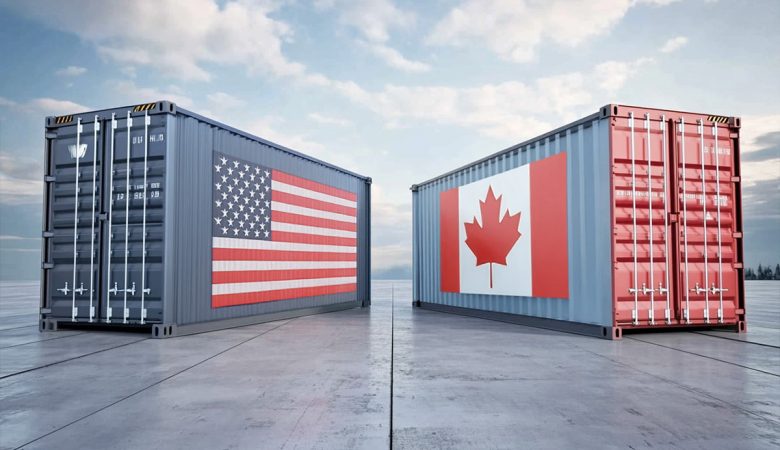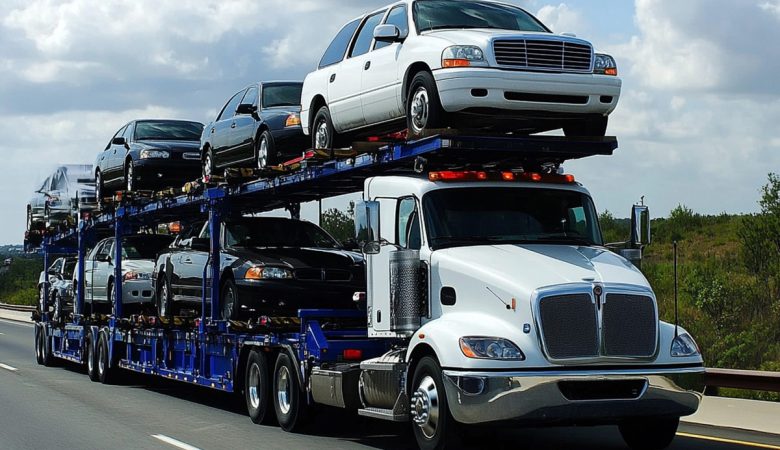To many people their cars are their second most valuable possession after their home. Just like home insurance, it’s also important to insure cars against potential losses caused by theft, accidents, calamities, vandalism and others to compensate for the loss. This is why opting for an insured auto transportation carrier is a crucial step to ensure seamless transportation and avert losses. Though there are bleak chances of your vehicle getting damaged during the transportation, you should always be ready by taking appropriate measures. Auto shipping insurance usually covers container stuffing, port handling, offloading, overseas shipping, and shipping to a specific point of delivery.

Auto Shipping Insurance Protection – The Basics
When choosing any shipping services, make sure that the carrier has an extensive insurance policy with adequate coverage. It is important to know whether the transporter’s insurance policy cover your car from the time of pick up to the point of delivery.
According to the U.S. Department of Transportation Law, it is mandatory for legally authorized auto transporters to have liability insurance. If properly insured, your auto transporter will be able to cover losses if any damage occurs during shipping. In order to be assured of your auto transporter’s authenticity, you can anytime verify with the Department of Transportation.
Is the Coverage Enough?
Before choosing auto shipping services, make sure that you are comfortable with the type of coverage your transporter provides. While the legally bound insured amount provides you some protection, it is likely that the minimum insurance cover offered by vehicle transport company may fall short of the true value of your car. Ensure that you know the exact terms and conditions of your transporter’s insurance policy. It is also important to know the types of damage covered under their insurance policy. Some of the damage types are below:
- Damage to the vehicle when loading and unloading
- Vandalism or theft
- Damage resulted from collision during the transportation
Other questions to ask:
- Are only specific parts of the vehicle covered by the insurance?
- Is there a deductible?
- What is the maximum amount of coverage they can provide? (most shipping companies only cover the Kelley Blue book value of the car)
- Is there any provision to purchase additional coverage?
- How much is the deductible for damage?
In addition to transporter’s coverage, check with your vehicle insurance agent to see how much your personal insurance covers when shipping the vehicle.
Steps to Follow When Making a Claim
It is important to thoroughly inspect your car before the pickup and after the delivery. This is a critical phase in the transportation process, and your only window of opportunity to assess your vehicle for damage so that you can make a timely claim. If you can’t be present at the place of delivery, assign this task to a trusted representative. By any chance if your car gets damaged when shipping, make notes on the ‘bill of lading,’ provided by the carrier at the time of delivery and get the document signed by the driver before receiving the shipment. Taking pictures before and after shipment is a smart choice when documenting damages.
The Bottom Line
Choosing a reputable auto shipping company ensures that your car is delivered in the same condition when it was picked up. If you find any damage at the time of delivery, immediately contact your shipping and insurance company. You shouldn’t have any difficulty claiming for the damage, if you have carefully read the terms and conditions of your transporter’s insurance policy. If you feel that you are at the receiving end of your auto transporter’s malpractices or unfair treatment, you can report the case to the Better Business Bureau (BBB). Remember, this is an unlikely scenario, and if you hire a well-known shipping company like EasyHaul you are guaranteed to have a seamless shipping experience. To learn about our auto shipping services, feel free to contact us at +1 (360) 597-9320.





Leave a Reply
You must be logged in to post a comment.